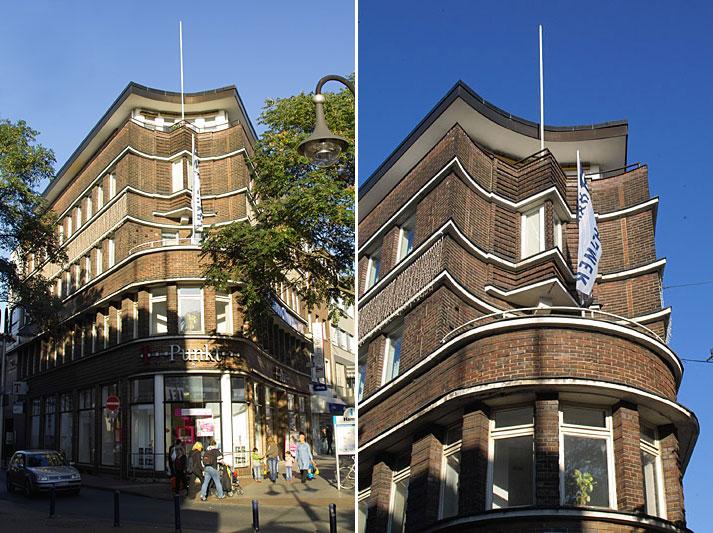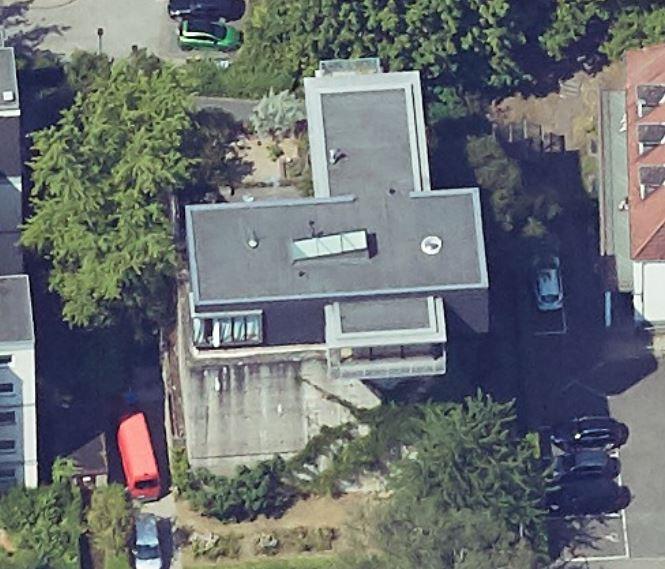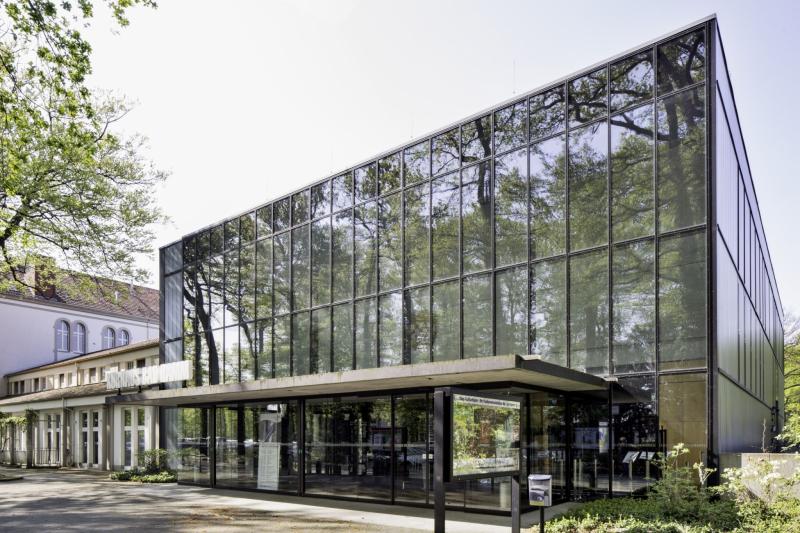Speicherstraße, 59067 Hamm
Icon legend
![]() This icon indicates an awarded building
This icon indicates an awarded building
![]() This icon indicates a listed building
This icon indicates a listed building
![]() Projects with this logo are on the UNESCO World Cultural Heritage list
Projects with this logo are on the UNESCO World Cultural Heritage list
![]() Project has been converted, renovated or extended
Project has been converted, renovated or extended
x close
![]()
1826 / 1914
- keine Angabe -
- keine Angabe -
Advanced search with more criteria
Total projects: 483

D-59065 Hamm
Distance: 2.13 km

59065 Hamm
Distance: 3.04 km

59071 Hamm
Distance: 4.41 km
The first construction of a modern port in Hamm took place at the beginning of the industrialisation period, that is, at the beginning of the 19th century, while Freiherr von Voncke served as “Oberpräsident von Westfalen”. After the River Lippe had been made subject to Prussian administration, the river was expanded to make it navigable.
Cannons were fired during the first passage of a ship through the lock near Hamm in 1826. For the project of another expansion of the River Lippe and its connection to the then planned “Dortmund-Ems-Kanal”, in the 1890s the town acquired a property stretching across both banks of the river of 172 acres in size to build a lavishly dimensioned port.
Simultaneously with the construction of the canal bed, the parallel port (on the south bank) in Hamm was being built, so that in 1914 both the port and the 36km of the Datteln-Hamm canal stretch were opened for traffic, thereby connecting Hamm with international ports through the Rhein-Herne-Kanal, Dortmund-Ems-Kanal and Wesel-Datteln-Kanal. The latter was only finished at the beginning of the 1930s.
The port’s boom (31,000t of goods turnover in the first year, 745,000t in 1938) ended in WWII, when it was damaged and became non-operational. Only when by October 1946 the worst damage had been removed was the Datteln-Hamm-Kanal and the Hamm town port navigable again. In 1951, goods turnover once again reached its 1938 level. Since then, the port has been continually expanded. Nordhafen (northern port) and Ölhafen (oil port) were commissioned in 1960 and 1971 respectively.
In 1993/94, Westhafen (western port) was expanded and a new goods distribution centre established. Hafen Hamm is thus one of the FRG’s largest public canal ports, with a goods turnover of about 1.5m tonnes p.a.. the goods include mineral oils, petrol, building materials, corn, oil seeds, mineral ores and glue.
Author: Route Industriekultur/ Editorial baukunst-nrw
Text last changed on 21.04.2008
Categories:
Engineering » Water Management
Architecture » Commercial Buildings » Industrial